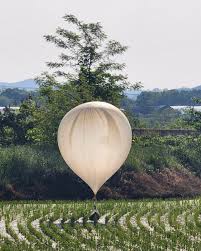Neutrinos, also known as ghost particles, are subatomic particles that are present throughout the universe but interact with matter so weakly that they can pass through large amounts of material without leaving any trace. The study of these mysterious particles is a major challenge in modern physics, but forests have proven to be a valuable tool in this quest. Researchers have combined the power of nature and science to detect neutrinos and uncover the secrets of the universe.
Neutrinos are created in various cosmic events such as supernovae, black holes, and nuclear reactions within stars. These high-energy particles travel through space at near-light speed and often reach Earth after traversing vast cosmic distances. When they interact with the Earth’s atmosphere, they generate secondary particles called muons. Muons are similar to electrons, but heavier, and can easily penetrate solid materials. However, dense materials such as soil, rock, and concrete can slow down or stop muons. This is where forests come into play as natural detectors.
Forests, with their dense canopies and extensive vegetation, act as barriers against cosmic muons. By measuring the rate at which muons pass through different types of forests, scientists can indirectly determine the flux and energy spectrum of neutrinos reaching the Earth. The principle behind this detection method lies in the attenuation of muon flux as it traverses the forest canopy and underlying soil. Different types of trees, soil compositions, and geographical locations can influence the muon flux, providing valuable data for neutrino research.
One of the experiments that demonstrate this concept is the Pierre Auger Observatory in Argentina. Situated amid the vast Argentinian pampas, the observatory takes advantage of natural features such as forests to detect neutrinos. By studying the muon flux variation across different terrains, researchers gain insights into the properties and origins of neutrinos.
This innovative approach not only advances our knowledge of neutrinos but also highlights the importance of environmental contexts in scientific discovery. By harnessing the resources of the natural world, scientists are pushing the boundaries of knowledge and unlocking the mysteries of the cosmos. As we peer into the depths of space through the lens of forests, we embark on a journey that transcends borders and bridges disciplines, revealing the interconnectedness of nature, science, and the universe’s grand tapestry.










































